“To touch is to be given life” – MichaelAngelo
In these times of a global pandemic, Black Lives Matter, global dissent, economic hardships; where the new norms are of physical distancing and virus/contagion phobia. Where we are constantly disinfecting our hands, our physical environments and everything in between. Where levels of communications have been at an all time low in compassion, trust and cooperation. How do we remain sane? How do we trust in ourselves, others and life again? How do we remain strong, vital and resilient through these challenging periods? How do we evolve and develop individually, society and global community?
The answers to these questions are complex.. There are some changes and more I am sure will be coming for better or worse, this is not the purpose of this article.
One thing I am sure of is that mindful touch is highly essential!
You see human beings need touch like flowers/plants need water. With Isolation and physical distancing you are taking a big factor out in the equation of our well – being. That’s why the rates of suicide, abuse, addiction and mental illness are skyrocketing.

What the research is saying:
Emotions can be communicated and understood with touch even amongst strangers.
Oftentimes verbal communication is in our way of really connecting and healing our pain we share with others. In a study done in DePauw University they proved that humans can clearly communicate compassion through touch. Even when a barrier was constructed that separated two strangers. One person stuck their arm through the barrier and waited. The other person was given a list of emotions that they had to convey through 1 second touch to a stranger’s forearm. The person then had to guess the emotions and with those low odds which by chance would have been around (8%).
To the surprise of the scientists participants guessed compassion almost 60% correctly. Gratitude, love, fear and anger 50% of the time.
There were 2 strange anomalies that were discovered in that particular study when all gender combinations were tested:
- When a woman tried to communicate anger to a man, he got zero right—he had no idea what she was doing.
- When a man tried to communicate compassion to a woman, she didn’t know what was going on! No wonder we have so many problems with relationships!
Why is touch essential?
- One of the reasons it is the most important sense that we develop is because it helps us relate to our environment and others.
- As premature babies it has been proven when incorporating touch therapy just for 15 minutes 3 times a week it increased the weight by 47% more than those that just received “standard medical care”.
- It has shown to sooth us and reduce discomfort and pain.
- Touch builds up cooperative relationships—it reinforces reciprocity
- Signals safety and trust,
- Basic warm touch calms cardiovascular stress.
- It activates the body’s vagus nerve, which is intimately involved with our compassionate response,
- A simple touch can trigger release of oxytocin, aka “the love hormone.”
- participants laying in an fMRI brain scanner, anticipating a painful blast of white noise, showed heightened brain activity in regions associated with threat and stress. But participants whose romantic partner stroked their arm while they waited didn’t show this reaction at all. Touch had turned off the threat switch.
- In a recent study published in the journal Emotion they found that, in general, NBA basketball teams whose players touch each other more win more games.
- Touch can even have economic effects, promoting trust and generosity.
- Research at UC Berkeley’s School of Public Health has found that getting eye contact and a pat on the back from a doctor may boost survival rates of patients with complex diseases.
- A study by French psychologist Nicolas Gueguen has found that when teachers pat students in a friendly way, those students are three times as likely to speak up in class. Another recent study has found that when librarians pat the hand of a student checking out a book, that student says he or she likes the library more—and is more likely to come back.
- Studies have shown that touching patients with Alzheimer’s disease can have huge effects on getting them to relax, make emotional connections with others, and reduce their symptoms of depression.
- Research by Tiffany Field suggests that children with autism, widely believed to hate being touched, actually love being massaged by a parent or therapist.
*Fun fact of a study done with touch in countries around the world observing how many times people touched each-other in a span of an a hour during interaction:
In England, the two friends touched each other zero times. In the United States, in bursts of enthusiasm, we touched each other twice.
But in France, the number shot up to 110 times per hour. And in Puerto Rico, those friends touched each other 180 times!
Benefits of trained therapeutic touch:
- It has proven in research to help with pain, depression, anxiety and stress.
- In patients with HIV it was proven to decrease the cortisol levels and increase the number of Natural Killer (NK) and T – helper cells.
- Recently it was reported that massage increases circulating NK cells and lymphocytes in patients with breast cancer The results are dramatic and, if reproducible, of major relevance to many diseases.
The Science – How does it work?
The effect of massage is thought to be mediated via activation of mechanoreceptors in the skin and deeper tissue innervating A-beta fibres which in turn process information to the central nervous system (CNS) including the limbic structures and the pituitary gland. This in turn may result in modulation of the release of adrenocorticotropin releasing hormone (ACTH) and secretion of cortisol from the adrenal gland as well as induce relaxation. It is known that increased levels of cortisol inversely act immunosuppressive (O’Leary, 1990), and decreased secretion of cortisol may thereby result in enhanced immune function.
What makes Shiatsu touch differently than other forms?
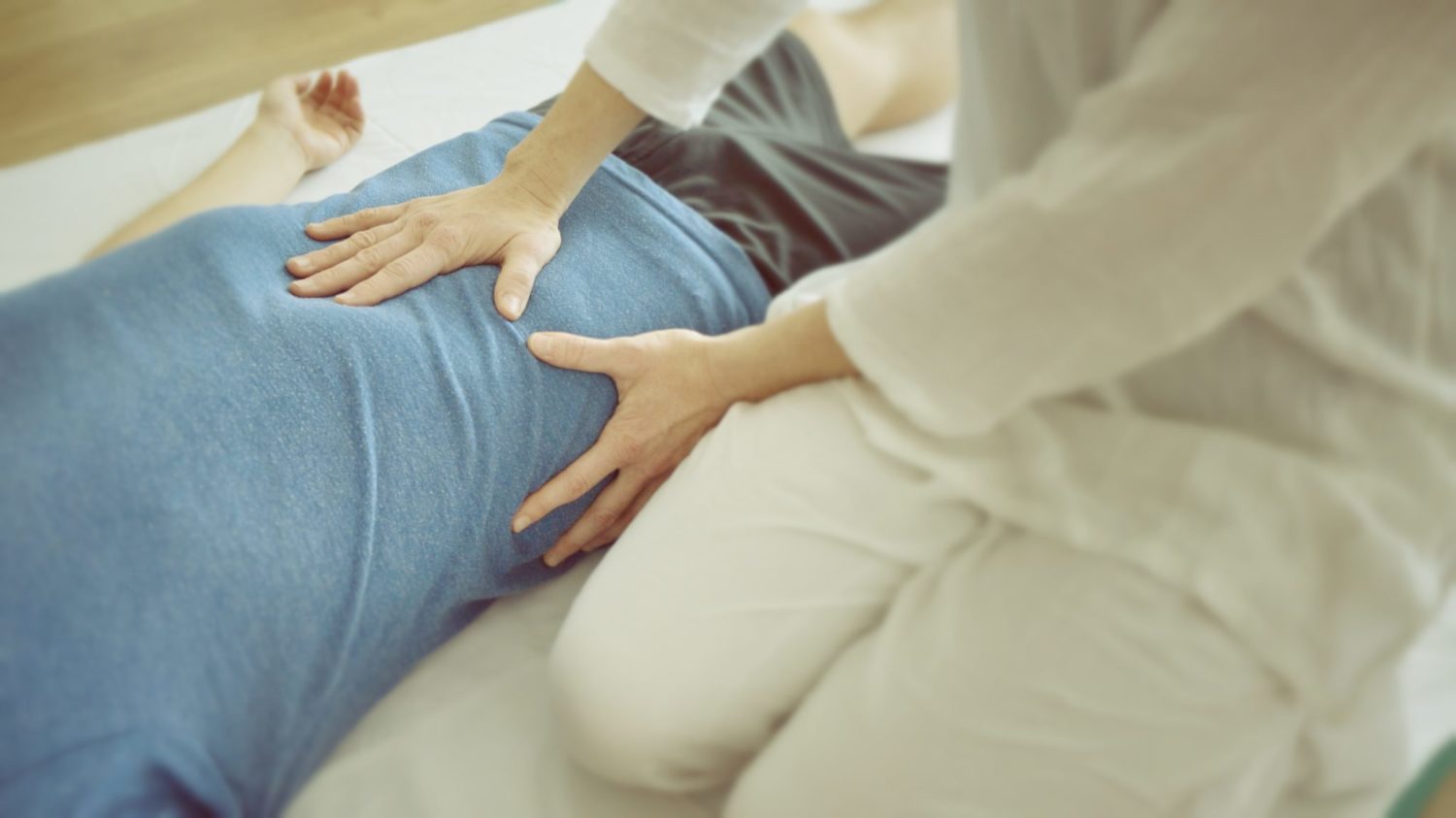
The concept of Biopsychosocial approach is the foundation of the philosophy, theory and application of Shiatsu therapy.
The biopsychological model was first proposed by George L. Engel and Jon Romano of the university of Rochester in 1977. It opposed the biomedical approach of separation of mind and body. It strives for a more holistic approach by recognizing that each patient has his or her own thoughts, feelings and history. It reflects the development of illness through the complex interactions of biological factors (genes, biochemical, etc), psychological factors (mood, personality, behavior, etc.) and social factors (cultural, familial, socioeconomic, medical, etc.). What triggers your unique pain, disease, disorder and condition is a period of extreme stress/pressure.
When discovering Shiatsu therapy and learning the philosophy and theory one quickly understands that everything is taken into account to assess the “condition”. The presentation of the symptoms gives us clues to the root causation.
The sensitivity of palpation skills and diagnostic abilities are emphasized early in our training. With the growing experience of the therapist he/she with a mindful touch and developed skill set can restore balance to bodymind.
Mother and child metaphor is used in the emphasis of using two hands simultaneously. One had anchors, stabilizes, listens (mother) and the other hand, explores, probes, stimulates, releases (child). The connection between the two hands is vital to create a sense of safety, balance, connection, sensitivity, communication, exploration and flow.
The Hara (Abdomen) – Has two hands are used with the principles mentioned, the Hara of the practitioner is where all of that is projected and felt from. Yes you feel our hands on the body, but the pressure, intention and force comes from the Hara.
The Hara is a concept that has developed in asia centuries ago and refined by the Japanese culture. From the martial arts, gardening, movement modalities , sitting posture, eating, pouring tea, painting and being is all done from the abdomen (Hara). The innate power, wisdom, intuition and creativity can come from this region. Why do you see statues of Buddah being fat? Buddha was a man who fasted all the time and was skinny. It symbolizes the “power” of Buddha.
Working on the Hara of the patient is another feature that makes Shiatsu touch therapy unique and only recent years In western medicine they also have discovered the gut/brain connection and are still learning about it. They have come to call the gut the second brain and have learned there are more cells in the gut and nerve endings that go to the brain then the opposite.
By stimulating the hara you stimulate not only the body but the mind too.
The abdomen is in my eyes the “management and storage” of our past and present. Our life experiences, traumas and unresolved emotions and stresses are stored and managed there. The unseen, the unexpressed, the unrealized is there to be touch.
With mindful and skillful touch to the Hara a lot of awareness can be brought back to the body and the issues in the tissues. When you touch the most vulnerable area of the body you touch on the root causation of suffering, disease and disorders.
Think about all the times when you had a “gut wrenching” experience. When you experienced a shock, an accident, a loss you experienced there first. When you feel hurt, betrayed, fearful, anxious you experience it there even before your mind comprehends what is going on.
It goes back to our childhood and our connection to life in our mother’s womb and when we come out to this life that connection is cut (umbilical cord).

When you had a tummy ache your mother touched your abdomen and soothed, or even relieved your pain/stress. Everything that you felt and experienced in the house growing up you felt there even if you did not understand what was going on. We need touch to process, to feel ourselves deeply, to explore and discover deeper aspects of ourselves. To get us through our pain, our suffering, our fears and hurts.
The goal of a good shiatsu therapist is to create that safe space where you can do all of that through the relationship that we develop together with touch and your bodymind. In this age of physical distancing don’t forget the power and necessity of touch.

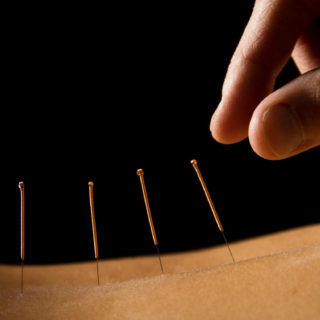

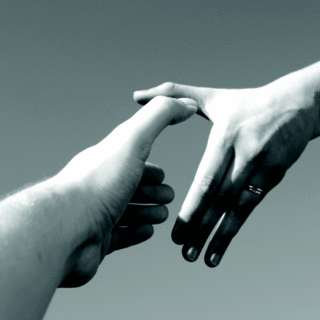

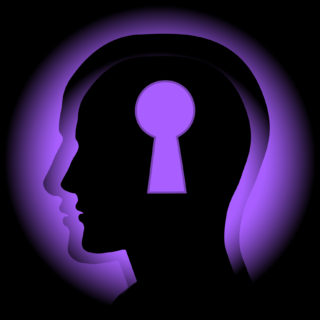
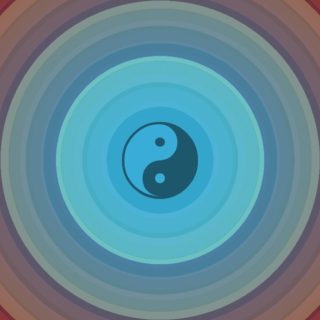



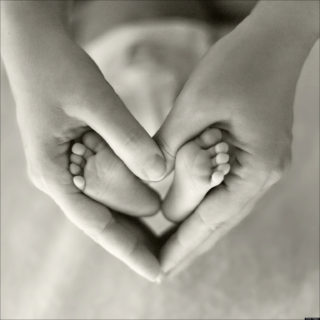
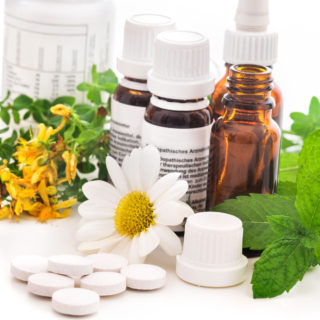


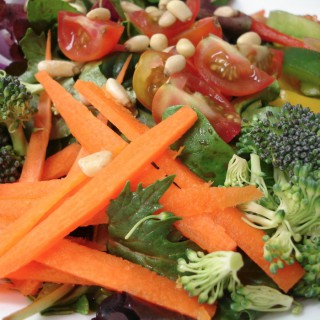



No Comments
Be the first to start a conversation